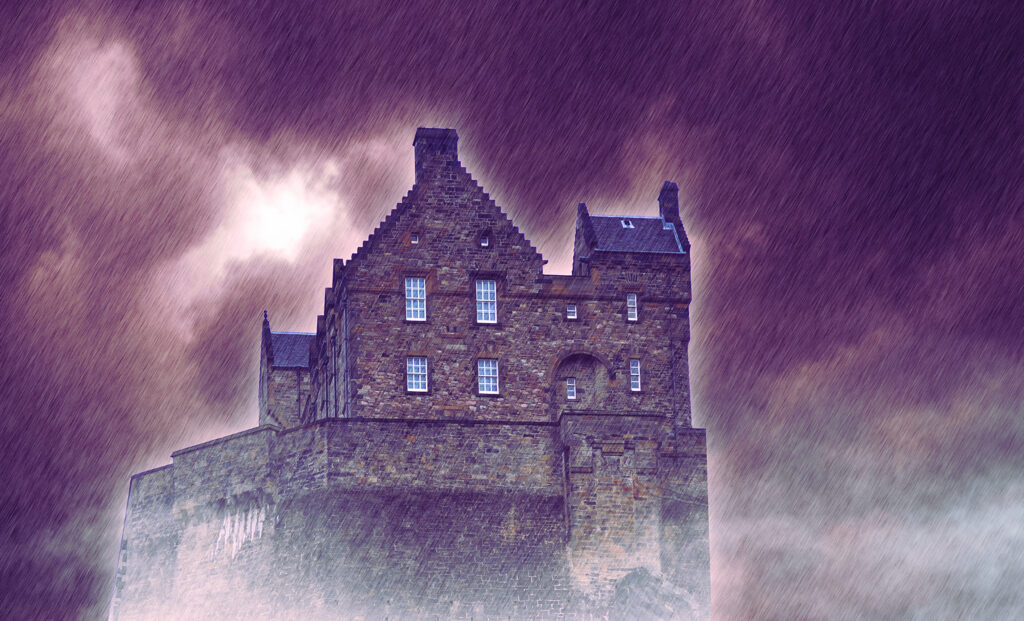To mark Hallowe’en, we asked Sophia Kingshill, co-author of the book, The Lore of Scotland: A Guide to Scottish Legends, to take us on a tour of the spookiest places in the country
Alloway, Ayrshire
Even before Robert Burns sent Tam o’ Shanter galloping away from a “hellish legion” of witches, legends flourished about the Ayrshire village of Alloway. In 1791, the historian France Grose wrote Alloway kirk was notorious as a place where witches and warlocks would dance “to the pipes of the muckle-horned Deel”.
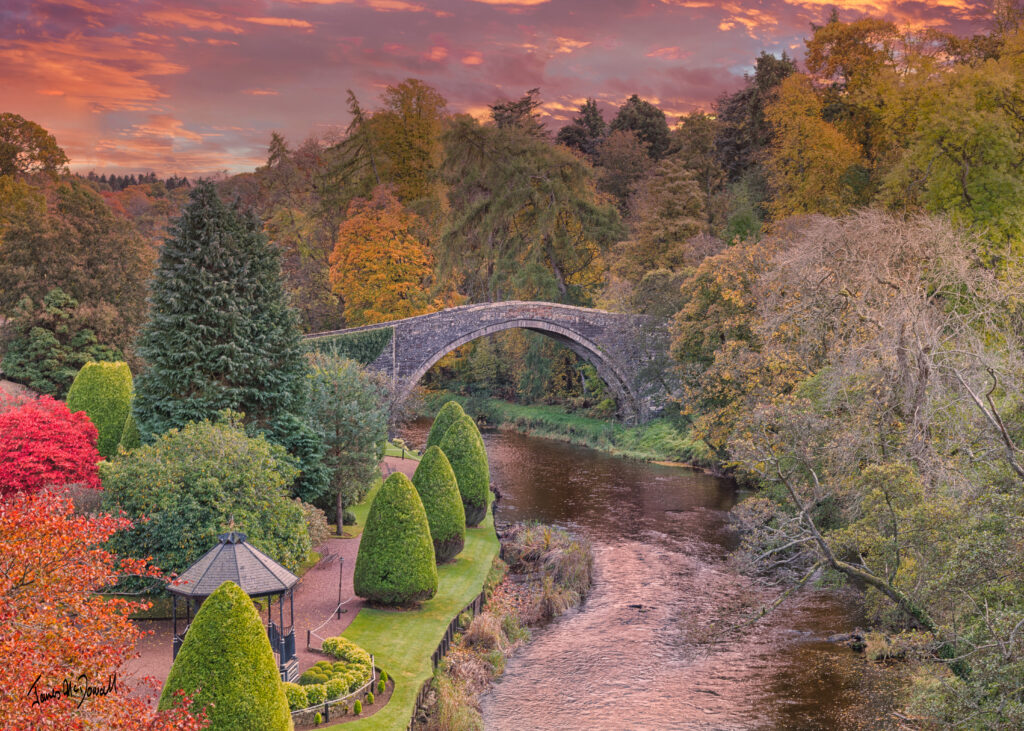
In 17th-century Scotland, the bagpipes were often said to be the Devil’s favourite instrument. In 1679, witches burned at Bo’ness were accused of meeting near Kinneil where “they all danced and the Devil acted as piper”, and in the 1650s a woman from Dalmeny in Midlothian confessed to having danced on the Pentland hills with the Devil. Burns’ 1790 poem Tam o’ Shanter draws on such traditions. His protagonist is a tipsy young man who spies on a coven at the kirk. The witches pursue him to the River Doon, which he reaches just in time to escape since they cannot pass running water. The site of his crossing is not named in the poem but is clearly Brig o’ Doon, a medieval bridge south of Alloway.
Southern Necropolis, Glasgow
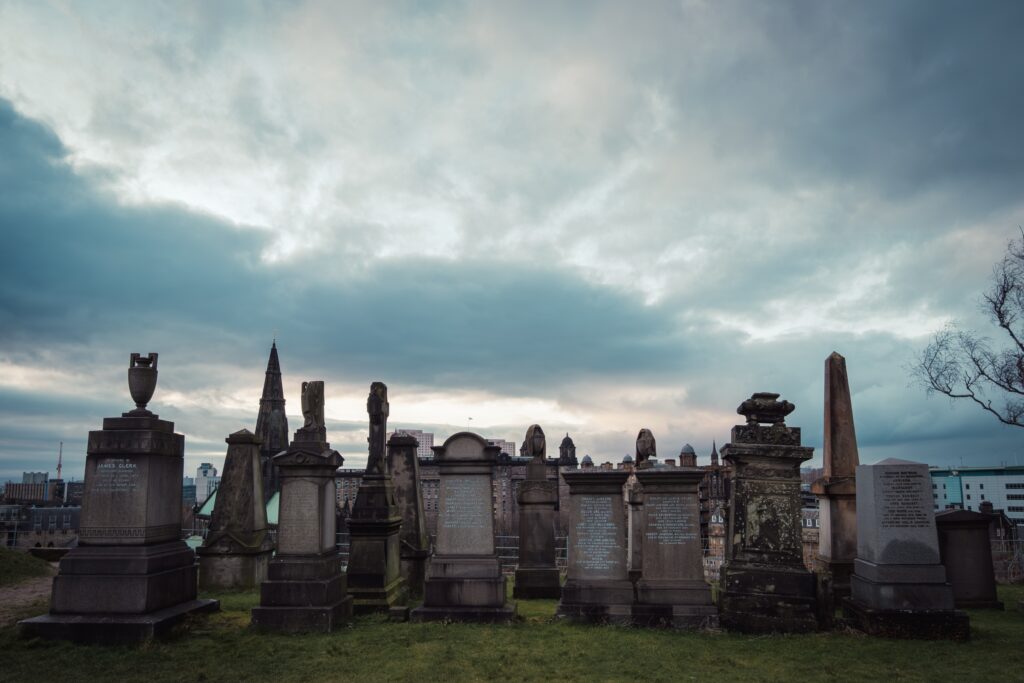
On the evening of September 23, 1954, PC Alex Deeprose was called to an incident at the Southern Necropolis at the cemetery and the constable was expecting something similar. Instead, he found hundreds of children, aged between five and 12, many of them carrying primitive weapons. They told him they’d gathered to hunt a “vampire with iron teeth” which had killed and eaten two boys. The children dispersed as darkness fell, but the following evening a similar crowd assembled. Newspapers around the world picked up on local press reports and many said the event was caused by the influence of American “horror comics” although no was found featuring a vampire. In the Old Testament, we find a “beast terrible and dreadful and exceedingly strong; and it had great iron teeth” (Daniel 7:7). Was this the creature the children were hunting?
Mull of Galloway, Wigtownshire
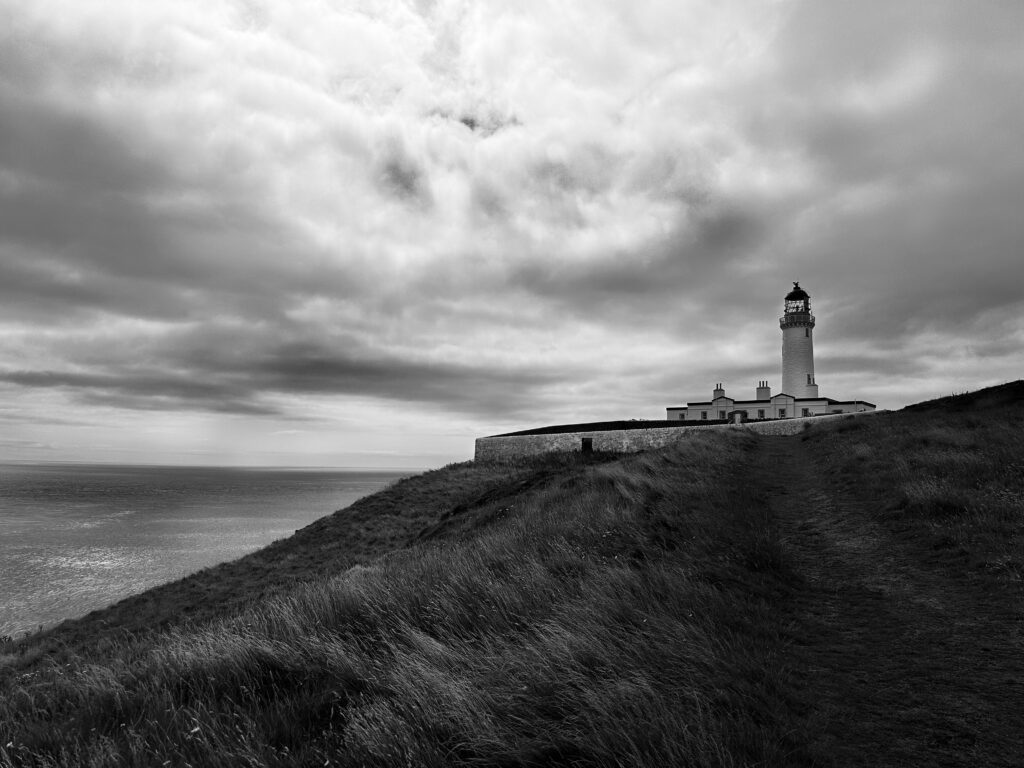
Several accounts have been given from this area of encounters with fairies, including the tale of a woman in Kirkmaiden who had just given birth. Alone with her child in her cottage, she was startled to hear around midnight the tramping of horses. The door flew open, an eerie glow lit the kitchen and tiny people dressed in green surrounded her bed. One said: “This is Hallowe’en. We have come for your child, and him we must have.” “Oh, God forbid!” she shrieked and fainted. When she came to the baby was sleeping and nothing had been disturbed.
Glamis Castle, Angus
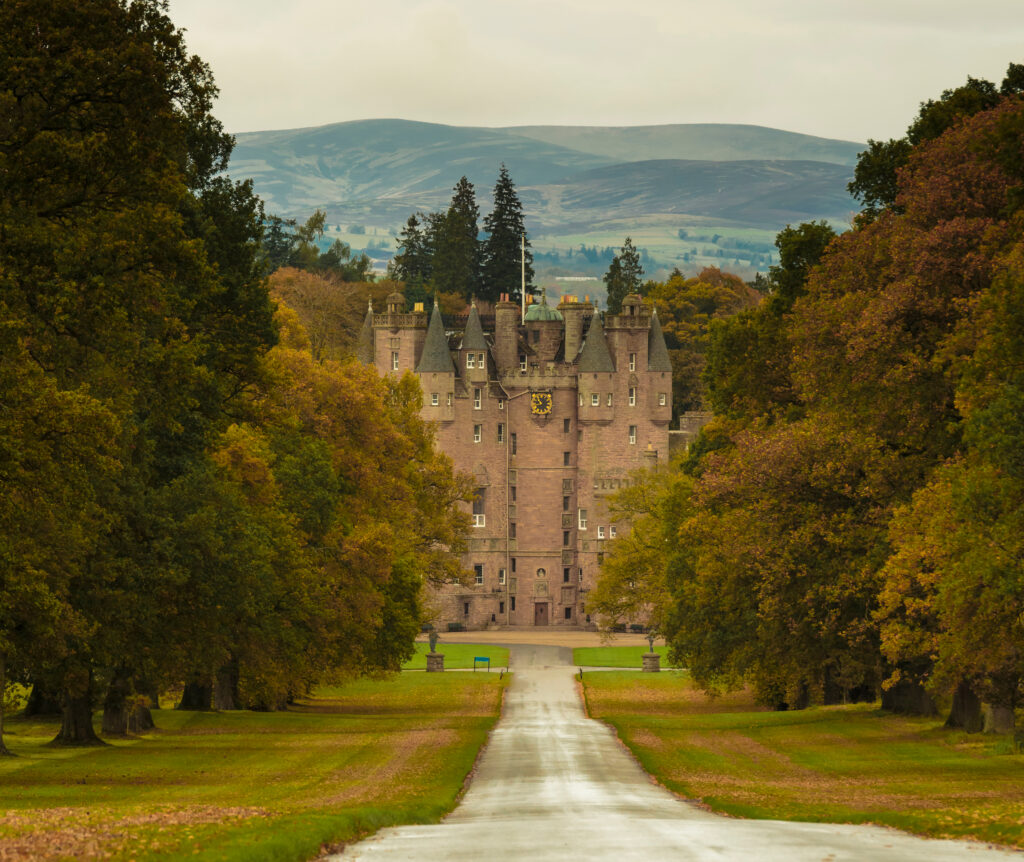
Glamis Castle’s reputation as the most haunted house in Scotland features a remarkable array of historical and romantic ghosts. One story connects the castle with Macbeth, whose spirit is said to haunt the castle in guilt for his murder of Duncan. Janet Douglas, widow of the sixth Lord Glamis, was burnt for witchcraft in 1537 and is associated with appearances of a “grey lady” in the family chapel. Other ghosts include a pageboy who sits outside one bedroom, a tongueless woman tearing at her mouth and a lunatic spectre. Legend also has it that there is one room in the castle never identified. A brief reference comes from Sir Walter Scott, who wrote of a chamber known only to three people: the Earl of Strathmore, his heir and a single other person whom they might confide in.
Mary King’s Close, Edinburgh
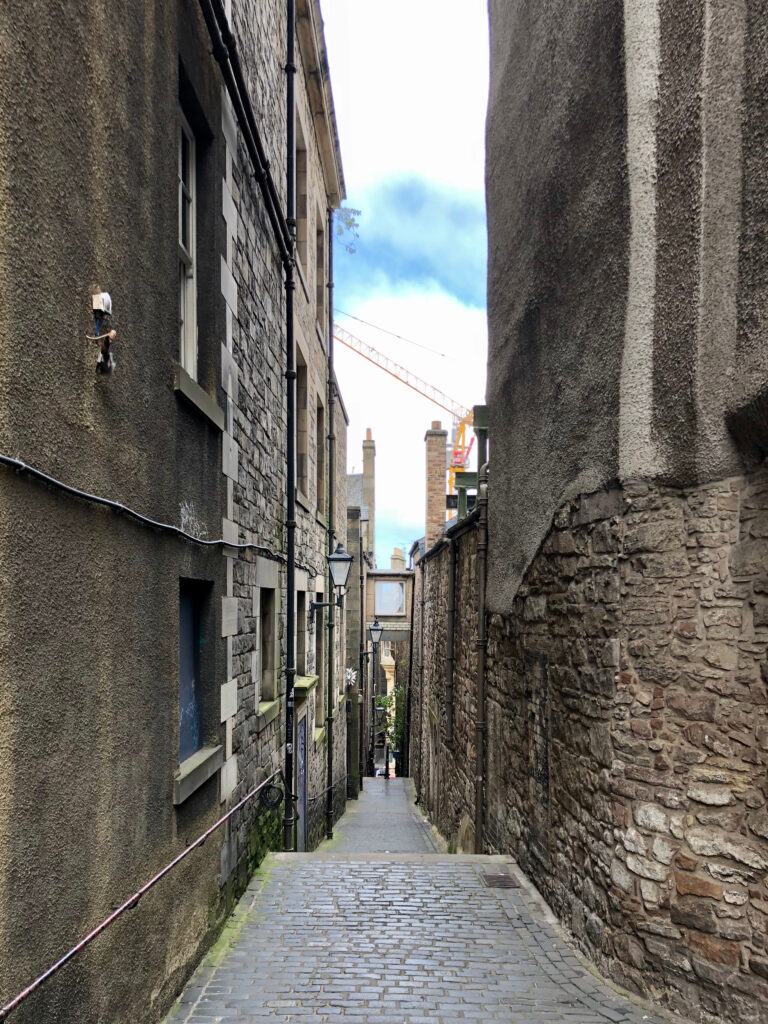
In 1645 the plague struck Edinburgh, killing many residents of this crowded close. The houses were soon in use again but said to be haunted. In a 1685 book on witchcraft, George Sinclair tells the story of what happened to the Colehearts. The day they moved in, ghosts started appearing. First came an old man who peered at Mrs Coleheart, making her faint. Her husband saw the same man, a young child and a disembodied arm that tried to shake his hand. In the 18th century, Mary King’s Close began to be built over, but the ghosts remain. The most famous is of a little girl. A psychic who visited with a TV company saw the child, who apparently said she had lost her doll. A cameraman went to buy a replacement and there is now a collection under the bricked-up window where the ghost appeared.
Haltadans Fetlar, Shetland
“Of all our hundred isles, big and little, Fetlar is perhaps the most eerie, as it certainly is where the folklore has been most carefully preserved,” wrote the Shetland author Jessie Saxby in 1932. She had heard many tales of trows, the fairy people of the Shetland and Orkney Islands. One such legend explained the origins of Haltadans, a circle of boulders surrounding two more stones. It was said a group of trows, dancing to the music of two fiddle players, had gone on with their revels too long. Overtaken by the sunrise, they had been turned to stone. The name of the site means “halting dance”, referring to the way trows were said to be limp and stumble.
Uisinis, South Uist
The peninsula of Uisinis on the east coast of South Uist is now uninhabited, but 350 years ago, so the story goes, a couple named MacPhail lived here, with their son and his wife, and their daughter, a 12-year-old dumb girl. When old MacPhail died, his son went to the town to prepare for the funeral, leaving the three women alone in the house with the corpse. At around 1 a.m., MacPhail’s wife was astonished to hear the dumb girl speak: “Granny, granny, my grandfather’s getting up! He’ll eat you and he won’t touch me!”
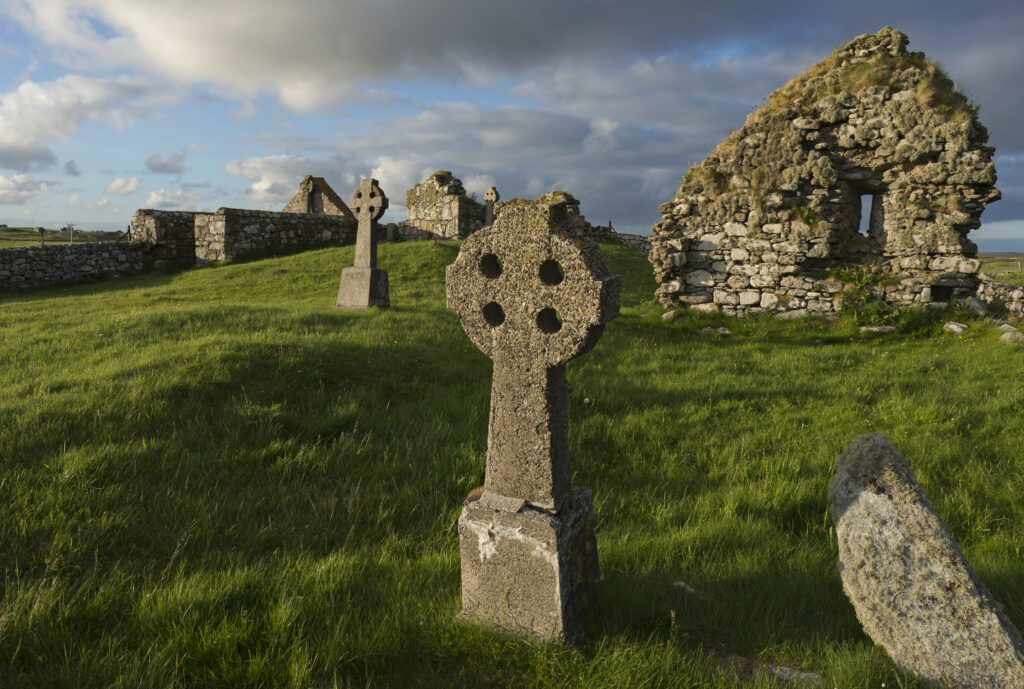
Sure enough, the dead man was sitting upright. His widow jumped back and closed the bedroom door on him, but he was pushing from the other side, so she piled boxes in front of the door. He then began to dig his way through the earth underneath the door. His head and shoulders had just emerged when the cock crowed three times, whereupon the undead man fell lifeless.
